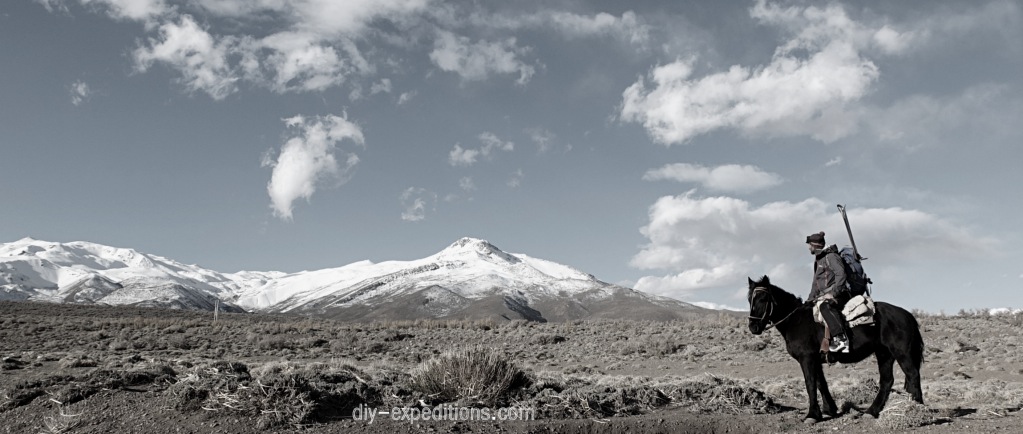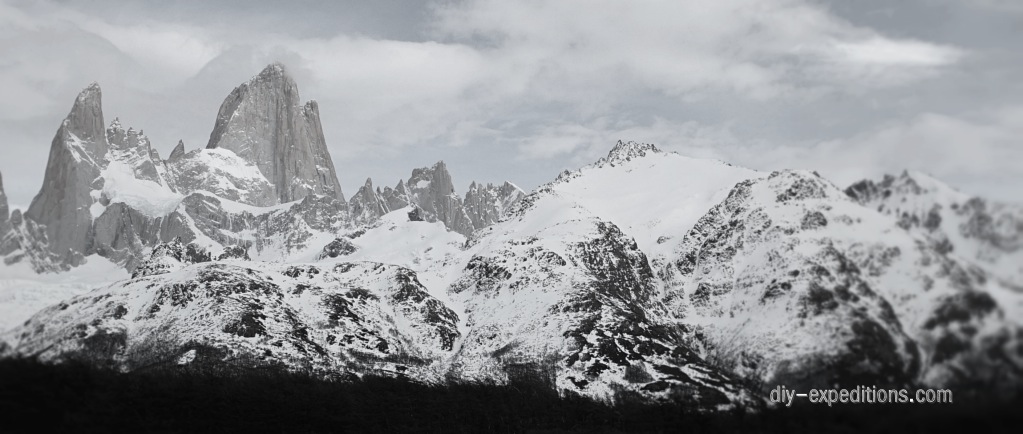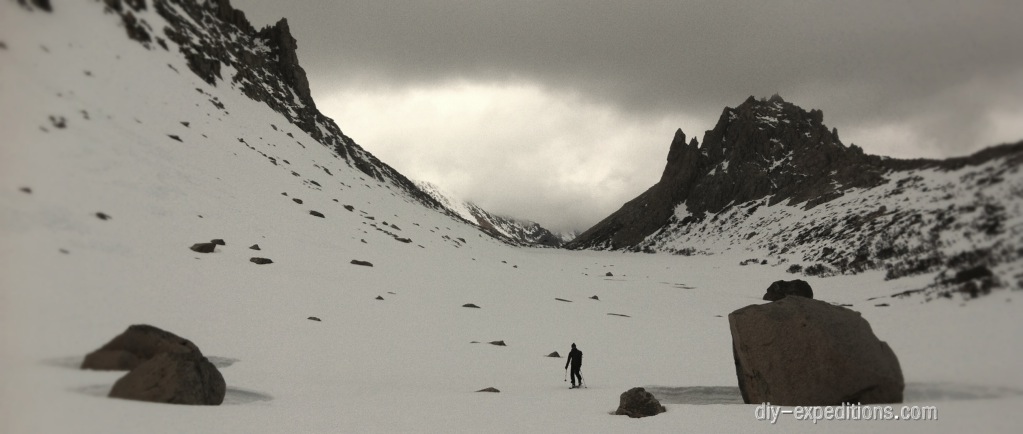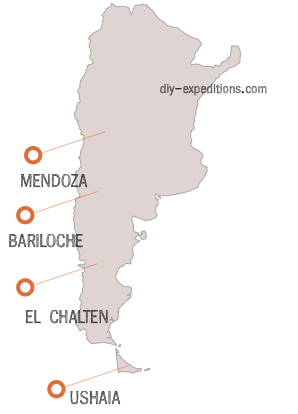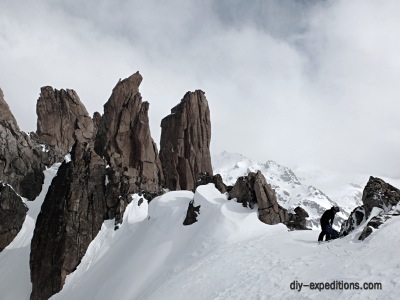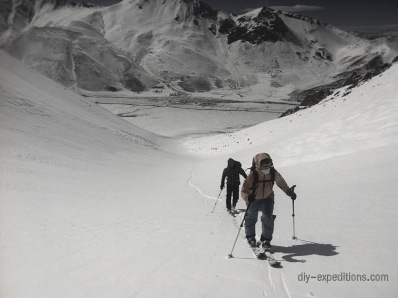Argentina
Geography & Climate – Activities & Conditions – Tour Idea – Facts – Request – Argentina News
Geography & Climate
- Argentina is big, almost as big as India: 3.500 km from north to south. The climate can be grouped into four distinct regions: the Chaco in the north, the flat Pampas, the rough Patagonia and the high mountain chain of the Andes along the border to Chile.
- The weather in Patagonia is world-known: stormy winds and dry weather are predominant. It rains and snows all year at the slopes of the mountains, but much less than on the Chilean site of the coast. The weather windows are short, the temperatures mild. Longer high pressure periods can be experienced in winter (June to September). Mountains reach altitudes of 3.500 meters.
- The Andes are the natural border between Bolivia, Chile and Argentina. In the north, the Altiplano is a high, very dry plateau. In the center of the chain, Aconcagua rises up to 6.960 m. The winter temperatures (June to September) are very cold.
Activities
- Andes south of Mendoza: back country skiing outside of established ski stations (like Las Llenas) is possible, but difficult, because access and mountains are often on private land.
- Bariloche: maybe the most established ski touring spot in Argentina. Great infrastructure, backed up by some remote peaks like volcano Tronador or Lanin. During bad weather, head to the ski lift.
- El Chalten: back country skiing around Fitz Roy? Possible! The approach is long and sometimes it is necessary to hire a car or cab, but the scenery is unbeatable. All grades of difficulties included.
- Tierra del Fuego: day tours from Ushuaia without a private car. In snow-rich years, ski down to sea level. A landscape à la Norway.
- Aconcagua: high altitude climbing on established paths and routes, best during summer (November to March); interesting peaks in the neighborhood; Permit for Aconcagua necessary and not cheap.
- Puna de Atacama: technically easy, but even during summer (November to March) the extreme cold can be challenging. A storm-proof tent is a must-have.
- Lake district: it’s up to you – wind-exposed volcano climbs or beautiful rock climbs. Huts are available.
- Patagonia: the paradise for granite lovers. Mixed climbing in ice, snow and rock in all grades thinkable. The weather windows are short and constantly changing.
- Lake district: numerous trekking paths between and along the lakes with some infrastructure. A cross-over into Chile is possible and combines the regions of Bariloche and Puerto Montt.
- Patagonia: several-days tours are possible, overnight-stays mostly at basic camp sites. There are many National Parks, accessible by public transport. Maps are available.
- Tierra del Fuego: the southern tip of Patagonia is rough, but lovely. Many hikes and National Parks wait to be discovered.
- Other regions: trekking is possible everywhere along the Andes to the north border with Bolivia. The biggest obstacle may be the heat, the altitude and the lack of water.
- Patagonia: there is a lot of ice around the granite giants of Calafate and El Chalten.
- some steep ice and snow slopes exist also on Tierra del Fuego
- Travel weather | Mountain weather | Sea weather
- Automobilclub Argentina
- Avalanche forecast: Tierra del Fuego,
Bariloche (sometimes not updated) | Volcanoes | Severe weather warnings - Travel security | Health issues
Country facts
Immigration
- Visa for UK/US/CAN: 90 days on arrival; US citizens: entry fee of 160US$ must be paid prior to arrival!
- Currency: Arg. Peso (ARS) – Converter
- Time zone: UTC-3 or 1 hour ahead of New York City
Transport
- Road traffic: right-hand traffic
- Coaches
- Domestic air traffic
Communication
- Country domain: .ar
- Country phone code: +54
- Emergency: 107



